
Written By Manik Berry
Published By: Manik Berry | Published: Jan 22, 2024, 02:42 PM (IST)
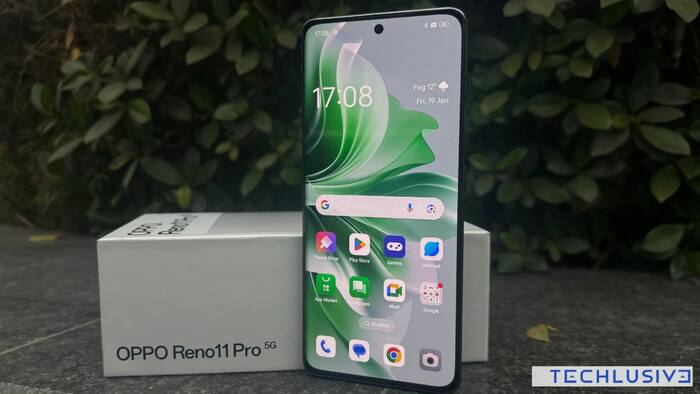
Before you fall for the title, let me clarify that the OPPO Reno11 Pro is a good phone in many aspects. However, nothing is perfect, and there are chinks in OPPO’s armour as well. I used this phone for three weeks, and here’s an in-depth OPPO Reno11 Pro 5G review that you should read if you’re considering this phone. Also Read: iQOO 15 Too Expensive? 7 Flagship Phones To Compare Before You Buy
But before we dive into detail, there’s a video embedded at the end of this article, where we’ve done a feature rundown of the Reno11 Pro, and will give you quick insights into how everything works on this device. Let’s start with the specifications now. Also Read: OPPO A6x 5G May Launch Soon In India As Specs Leak Online: Here’s What To Expect
| Specifications | OPPO Reno11 Pro |
|---|---|
| Display | 6.7-inch AMOLED 120Hz peak refresh, 500nits typical, 950nits peak brightness |
| Cameras | 50MP Main + 32MP Telephoto + 8MP Ultrawide |
| Processor | MediaTek Dimensity 8200 4nm chip |
| RAM + Storage | 12GB + 256GB |
| Battery | 4600mAh |
| Charger | 80-watt USB-A to C SUPERVOOC charger in the box |
| Connectivity | WiFi 6, Bluetooth 5.4, NFC, IR Blaster |
| Dimensions and Weight | 162.4mm × 74.1mm × 7.59mm, 181 grams |
| Colours | Pearl White, Rock Grey |
| Box Contents | OPPO Reno11 Pro, 80-Watt USB-A to C adapter, USB-A to C braided cable, SIM ejector tool, paperwork |
| Price | Rs. 39,999 |
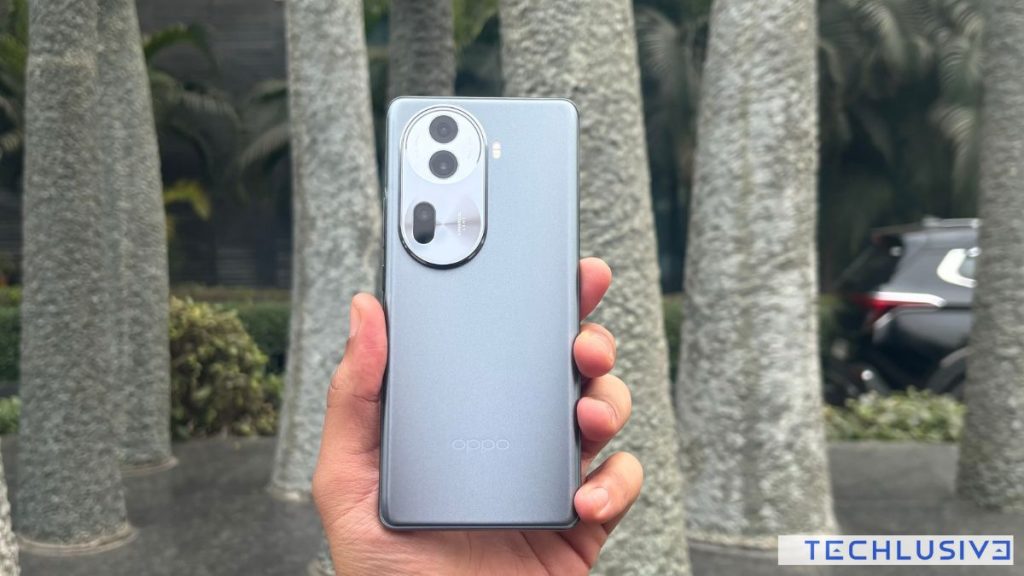
The Rock Grey colour on the Reno11 Pro looks premium. The phone itself is light to hold and has a smooth satin finish to it.
OPPO has chosen a nature-inspired route for this phone. It has a triple-layered glass design, giving the device a premium feel. The colour you choose also slightly affects the thickness and weight of the phone, as the pearl white variant is slightly thicker than the rock grey we have here. However, both colours look good and the design is also pretty much immune to smudges, which is good too. Also Read: 7 Value-For-Money Earbuds Under Rs 2,000 With ANC
Cover glasses are both provided by AGC so they’re shatter and scratch-resistant. In my testing, I put this phone in my pocket which sometimes also has keys and change, and there are no visible scratches, so it is good to go for casual use. OPPO also gives a good-quality silicon case within the box so you can further protect your phone from any accidental damage.
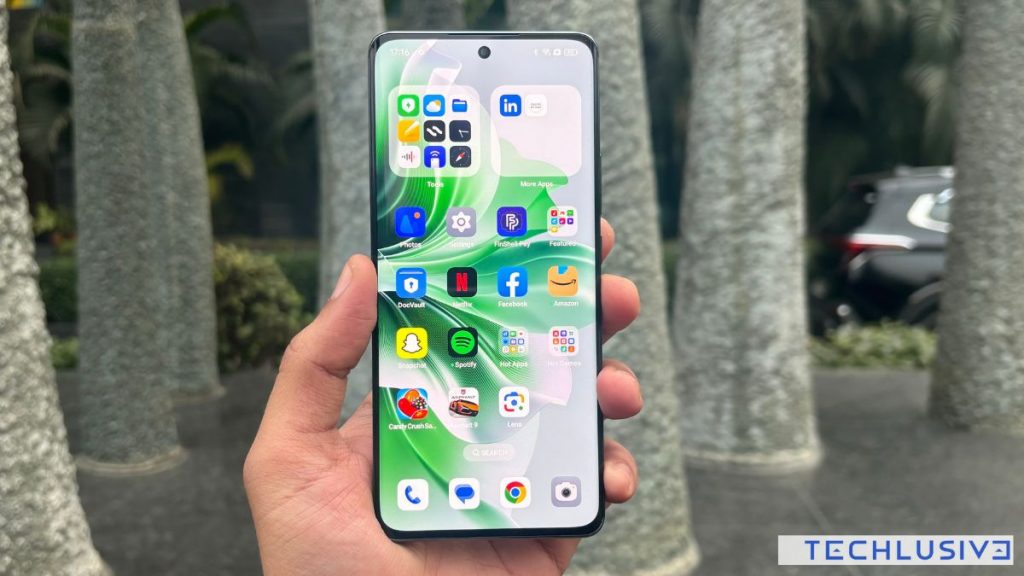
The Reno11 features a 120hz panel. This is a good enough display for outdoor use, but only comes with FHD+ resolution which can be a big limitation if you want to watch high-res content.
120Hz, AMOLED screen with 950nits peak brightness and variable refresh rate (60, 90, 120Hz) to save battery. That sums up the Reno11 Pro’s display specifications. I used this phone outdoors for taking pictures, playing games and some social media browsing, and the display performs fairly well.
While the typical brightness is only 500nits, it is a sharp screen, which means the colours, contrast and details are pretty much preserved even outdoors. There’s 950nits HDR brightness so you’ll see the screen getting brighter if you’re watching HDR-ready content. Things that could be better still include a higher peak brightness, because then the display will have to make less effort and offer a better overall experience.
Going further, this is an FHD+ panel, which means you can’t watch 2K or 4K resolution content on this phone. So, the resolution and brightness could’ve been better. Other than these, the Reno11 Pro has a decent screen that is more than capable of handling everyday tasks and casual multimedia consumption.
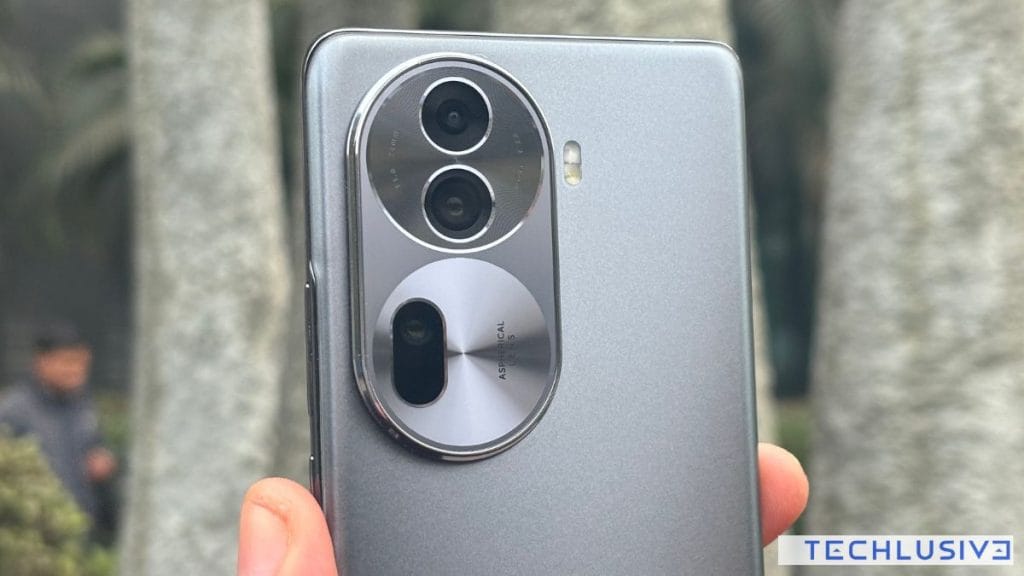
The camera ring looks good and has a distinct gloss finish to it. There are 3 cameras at the back and the presence of a 2x telephoto is good for those who want to take close-up portrait shots from this device.
Reno series has always had the “Portrait Expert” badging from OPPO. According to the company, the Reno devices get some of the most capable portrait cameras on an OPPO phone. You can see that clearly from the choice of hardware and camera setup. This phone has Sony lenses and packs a wide + telephoto + ultrawide setup. This offers you a choice to use the main and telephoto lenses for portrait, and the ultrawide for group pictures. Let’s talk about these cameras in depth now.
The main camera is a 50MP shooter with OIS and can shoot up to 4K videos at 30fps. Lighting conditions are barely an issue for this camera. The focus and exposure settings work spot-on in natural lighting. In artificial lighting too, the camera works well, and low-light shots have a split-second shutter lag, but get you steady, focused shots most of the time.
Onto the 2x telephoto, you’ll need more light to capture a great portrait using this one. This one is also a capable camera in daylight, gives a nice bokeh in the evening lights, but struggles when it comes to low light. However, even in dim-lit scenarios, you can get up close and rely on the phone’s image processing to get decent shots.
You get a 32MP shooter on the front, which also gets digital .8, 1x, and 2x shooting options. I like the options that OPPO offers here, but the photos could be processed better. I’ve noticed the phone sometimes excessively whitening faces, and at times missing the focus if someone walks from behind you while clicking.
Lastly, the ultrawide. It is a .6x camera with a 112-degree field of view. OPPO has been smart here and the images have low to completely unnoticeable warping. And once the phone has processed the image, it brings out the details and vividity in it.
OPPO likes to play around with software and I appreciate that effort. Here too, the portrait engine and the Hyper Tone engine help the Reno11 preserve the details, but the colour accuracy and tone retention would be better if they looked more natural.
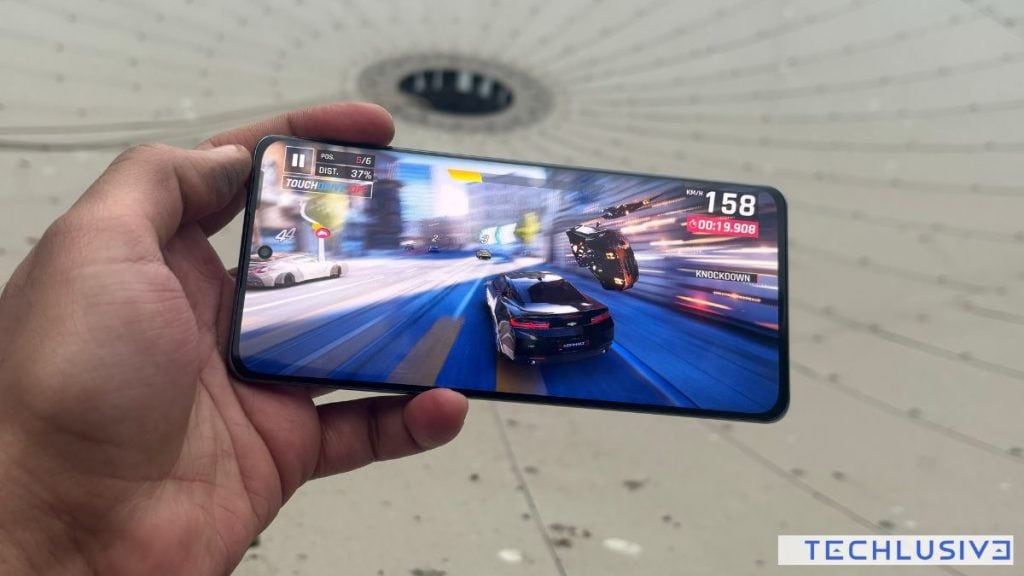
Titles like Asphalt work well on this phone. More demanding titles like Genshin drain the battery faster, but software optimizations are quick to balance resources so you still get decent game time before the frames start dropping.
The OPPO Reno11 Pro is packing a MediaTek Dimensity 8200 chip with 12GB RAM and 256GB onboard storage. In my testing, I received more than one full day of mixed usage with cameras, some office work and some Asphalt 9 gameplay. OPPO has been clever in the optimization department and ColorOS 14 allocates resources based on what task you’re running.
From automatically dialing down the screen refresh rate to launching the dynamic gaming engine when you open a game, the phone knows how to manage the memory, processing, and battery life. However, a heavier title like Genshin drains it quicker.
If you’re someone who wants to throw everyday tasks at this phone like social media, some office work and light games, I’m happy to report that the phone can easily handle all of that. For users with more demanding tasks like heavy camera usage or heated competitive gaming sessions, the phone may not deliver on a full day of battery but still handle the workload.
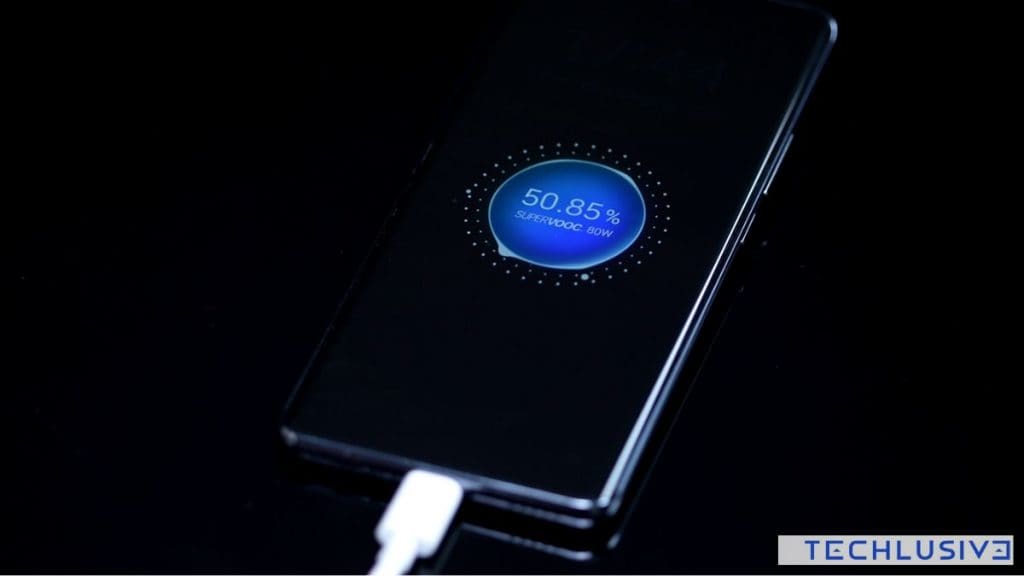
SUPERVOOC is one of the best features about this phone. A full charge under 30 minutes, paired with a full-day battery life is a great combo.
One of the points that OPPO has nailed is the power management. Be it background optimization for usage, or fast SUPERVOOC charging, you’ll notice this phone has some clever aces up its sleeve. There are advanced battery controls to help preserve the battery performance for a long time, along with multiple safeguards to safely fast charge the device.
Adding a bigger 5,000mAh cell would’ve given it some more juice, but also made the phone heavier. With the current battery and software optimization, OPPO has managed to extract a full day out of it even on heavy usage. The charger is still coming in the box, so good job there. Coming to the complaints, why is OPPO still using a USB-A to USB-C cable? Most modern laptops don’t even have a USB-C port, and the 80-watt brick is also rather big to carry. I’d gladly accept a more compact, USB-C to C fast charger with the next one.
The video embedded above will give you a quick feature rundown of the OPPO Reno11 Pro if you’ve skipped the article. And if you’re reading this, here’s a quick wrap for you. This phone can handle moderately demanding tasks well. You can play titles like Asphalt and edit some videos on In-shot without breaking a sweat.
Cameras on the Reno11 Pro work best in natural light, or amply lit situations especially in portrait mode. It will still get you good low-light shots but will lose some of its detail in doing so. You will like the software controls offered in the camera app, but OPPO could work better on colour correction and overall image accuracy.
One of the strongest reasons to buy the OPPO Reno11 Pro is the battery optimization and fast charging. It can last the whole day and the charging also takes less than half an hour to juice up the phone from 0 to 100 percent. A USB-C to C charger would’ve been better, but the current USB-A to C brick also does the job well.
So, wrapping up, the OPPO Reno11 Pro 5G is a good mid-range phone for the price. The cameras work well, the software is sorted, and the battery management is solid too. While things are mostly good here, there’s room for improvement. As it is, the phone is good enough for most users, but the Pro badge can be better justified with a more potent camera system and better backend processing.